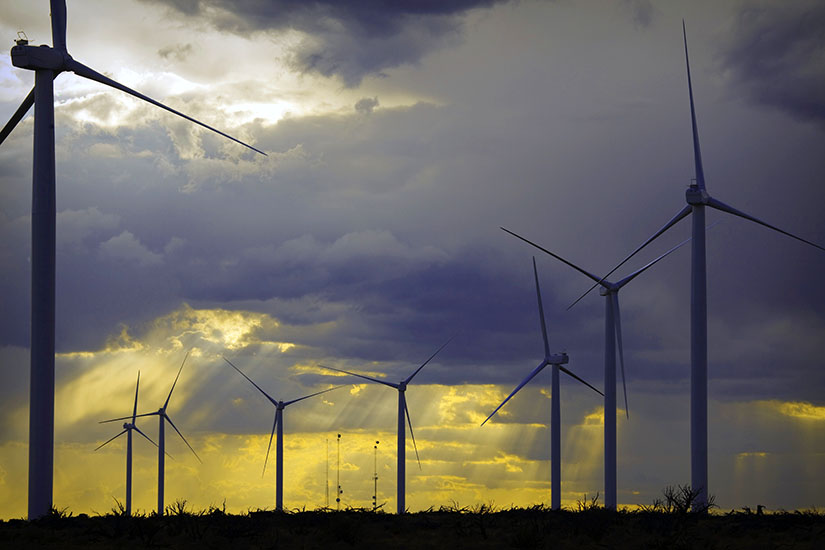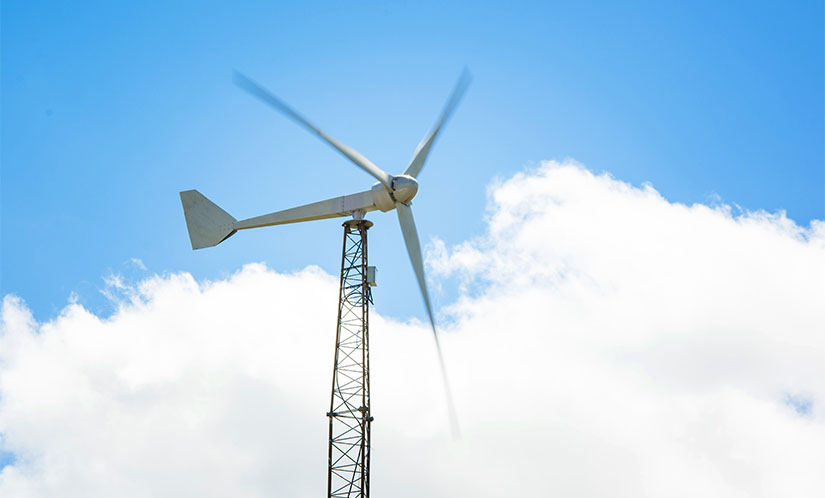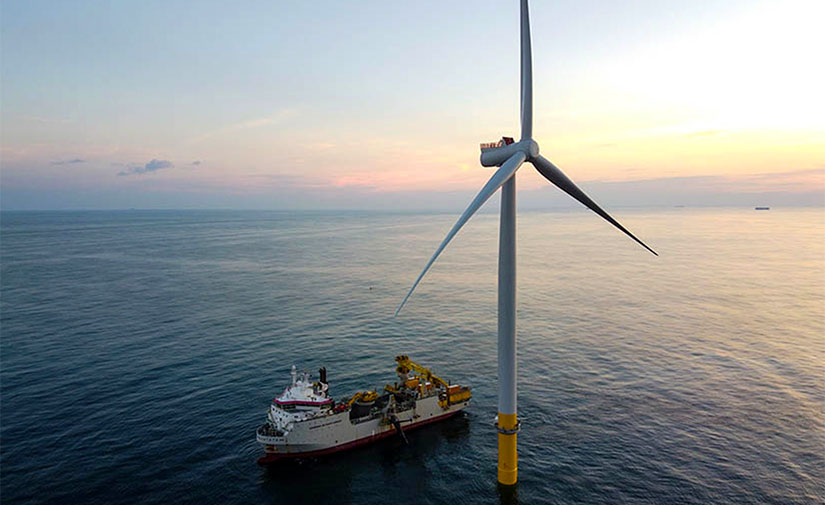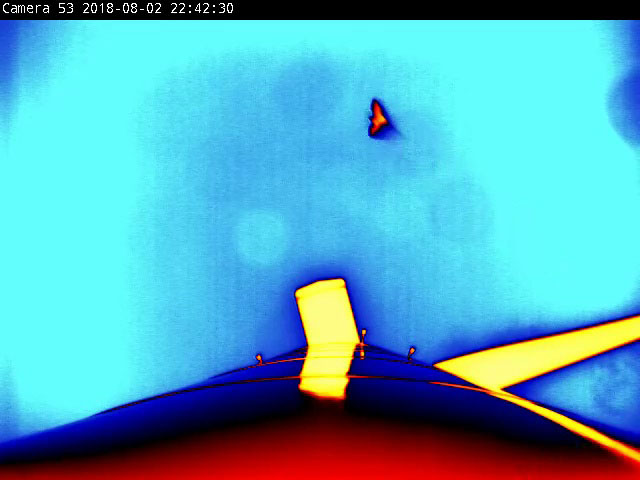Wind Energy Basics
Wind is the largest source of renewable energy in the United States, providing clean electricity from land and offshore to individual homes, remote farms, small communities and large cities alike.
Wind energy is old—so old that ancient Egyptians used this bountiful, blustery resource, according to the U.S. Energy Information Administration, to propel their boats down the Nile River. The first wind turbines (or windmills, as they were originally called) were made from abundant materials, such as wood or reeds, which were woven into tight blades and spun to pump water for farms, grind grain, and, eventually, power entire communities.
Today’s wind turbines use sleek, modern materials to generate clean, renewable energy almost anywhere in the world.
What Is Wind Energy?
To answer this question, it’s best to start with another: What is wind?
Wind is born when pockets of the Earth’s craggy surface get different amounts of sun and cool or heat faster than others nearby. To balance those differences, like mixing hot and cold water in a bathtub, air moves around the world—gaining or losing speed as it dips through valleys and sprints over rivers. That creates—you guessed it—wind.
Wind can be powerful enough to whisk birds through the sky, move sailboats across the ocean, and even rip trees from the ground. In comparison to all that, pushing wind turbine blades is easy! It’s that movement of the turbines that creates electricity.
Want to know how much wind energy is humming across your state? Check out NREL’s wind maps on WINDExchange.
How Do Wind Turbines Work?
Wind turbines, like windmills, catch the wind's energy with propeller-like blades. These blades can have a horizontal axis, like a fan, or vertical one, like a merry-go-round. The most common design is a tall tower with three large blades on a horizontal axis. But some vertical-axis wind turbines look like eggbeaters, while others look like the windmills that populated farms a century ago.
Unlike fans, which use electricity to move air, wind turbines use moving air to generate electricity. When the wind blows, its force turns the blades, which runs a generator and creates clean electricity. But some turbine designs can produce more clean energy than others. For example, because winds can be more powerful and less volatile higher in the atmosphere, placing turbines on towers 100 feet (or 30 meters) tall—about the height of the Statue of Liberty—can help them generate more electricity. Wind turbine operators can also shift their machines to face directly into the wind—a technique called yawing.
Can’t picture this? Watch the U.S. Department of Energy’s wind energy animation to see wind turbines in action.
How Do We Get Our Wind Energy?
There are several ways to get power from wind energy. Wind turbines can be built on land, on lakes or in the ocean, in remote wilderness far from the power grid, within cities, or across vast plains.
One wind turbine can power an individual home or farm, but several built close together form a wind energy plant, or wind farm. Wind plants can be land-based or offshore, and they can be hybrid plants (meaning, they include other sources of energy, such as solar energy). Wind energy researchers are trying to learn how many wind turbines built in which arrangements can maximize energy production in wind plants.
Today, most grid-connected wind plants are at least 1 megawatt or larger. The biggest wind farm in the United States spans 100,000 acres (enough to cover half of New York City) and can power more than 250,000 homes.
What Are the Major Applications of Wind Energy?
Wind energy has three major applications: land-based, distributed, and offshore.
Land-Based Wind Energy Is the Most Common

The majority of turbines are installed on land. And land-based wind energy is one of the lowest-cost sources of electricity generation, as highlighted by the U.S. Department of Energy.
Researchers at NREL are categorizing wind resources on land and advancing wind turbines to more efficiently generate electricity at even lower cost.
Distributed Wind Energy Powers Remote and Local Communities
Distributed wind energy is a distributed energy resource, meaning it produces a smaller-scale unit of power. In this case, it comprises one or more wind turbines, which range from a kilowatt to several megawatts in capacity.
These typically land-based turbines operate locally to provide energy for individual buildings or small communities, though they can be connected to a power grid at the distribution level. Some wind turbines can even pop up as mobile, on-demand sources of clean power in disaster or defense scenarios.

Homeowners, farmers, businesses, and industries make use of clean, distributed wind energy to pump water (to use as drinking water, to irrigate farms, and more), to lower electric bills, and to reduce air pollution.
Distributed wind turbines are improving all the time, growing stronger, less costly, more resilient, and more efficient.
Offshore Wind Energy Is Newer but Growing
Wind turbines used in offshore wind energy can be even larger than on land, with towers one-and-a-half-times the height of the Washington Monument and blades as long as a football field (as noted in to the U.S. Department of Energy’s list of 10 things you may not have known about wind energy).
These behemoths depend on strong sea breezes to spin turbines that are either anchored to the seafloor (called fixed-bottom wind turbines) or installed on platforms that float (called floating wind turbines). Offshore wind turbines can provide electricity to power ocean-based research and equipment, such as unmanned robots used for marine exploration; remote or island communities disconnected from the grid; or entire cities back on land.
The offshore wind energy industry is growing. Researchers are identifying massive amounts of potential wind energy off U.S. coastlines, and the Biden administration has set a goal to install 30 gigawatts of wind energy by 2030. That will require us to grow the offshore wind energy workforce as well as the supply chain to build and infrastructure to deploy new offshore wind farms.
The U.S. Department of Energy indicates that, as of 2022, nearly 80% of the nation’s electricity is used to power our coastal and Great Lakes states, where most Americans live. So, even though offshore wind energy is a relatively new industry in the United States, it could soon provide clean, renewable electricity to many U.S. communities. America's first offshore wind farm, located off the coast of Rhode Island, powered up in December 2016. Today, many more projects are in development along the U.S. East Coast that could send power back to the grid. And, with technology advancements for floating offshore wind energy, wind farms are coming to the West Coast as well.

Why Do We Need Wind Energy?
Wind energy is one of the largest sources of clean, renewable energy in the United States, making it essential to a future carbon-free energy sector. Wind turbines do not release emissions that pollute our air or water, and they can be built with minimal impact to the environment or livelihoods of nearby residents. Farmers and ranchers, for example, can lease their land to wind farms and, because the turbines take up minimal space, continue to grow crops or raise livestock while earning a steady income.
But wind energy can be even better.
The wind energy industry is working to figure out what areas of research need more attention to expand the use of wind energy. This includes understanding how wind interacts with a turbine behind (downwind from) another one, evaluating the best ways to verify new technologies, and incorporating feedback from communities living near or using wind turbines.

Researchers are studying different materials and designs that could make wind turbine blades lighter, longer, more durable, and better at creating energy. New technologies could also make wind turbines less expensive to manufacture, install, operate, and maintain, making wind energy more accessible to more people. As a bonus, some new materials and processes could make wind turbines more reusable or recyclable, which can cut down on waste, too.
Scientists are also studying ways to limit the impact wind turbines can have on wildlife. For example, sound and light could warn birds and bats to fly around wind turbines. And even though wind turbines must be installed far enough from homes that they produce noise no louder than a refrigerator’s hum, researchers have discovered ways to further reduce their noise levels. Because wind turbines are a significant source of clean energy, they lower pollution to help keep the Earth (and, therefore, its birds, bats, and humans) healthy.
Additional Resources
For more information, visit NREL's Wind Energy Research site or the following resources:
Wind Energy Basics
U.S. Department of Energy's Office of Energy Efficiency and Renewable Energy
Small Wind Electric Systems
U.S. Department of Energy's Energy Savers Program
Wind Energy Educational Resources
U.S. Department of Energy's WINDExchange Initiative
Wind Maps
U.S. Department of Energy's WINDExchange Initiative.
Share

